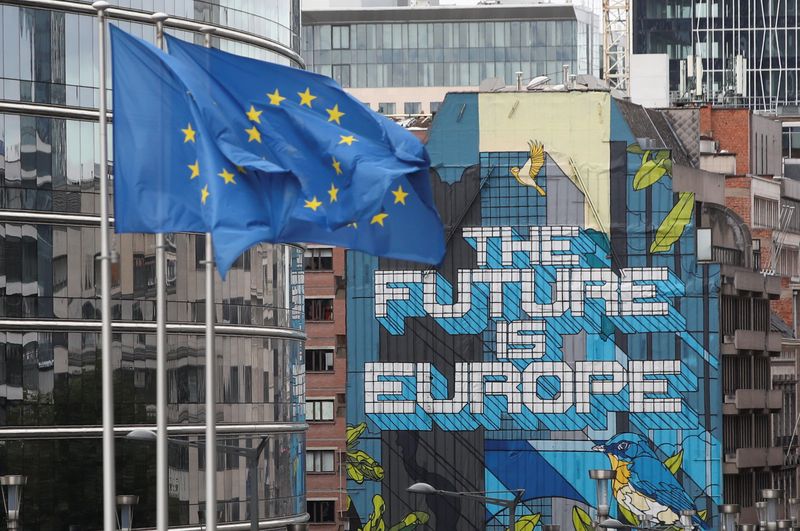FRANKFURT/BERLIN (Reuters) - The European Union (EU) should draw up a clean energy package next year to kick-start the investment needed to cut carbon emissions and meet its 2030 climate targets while protecting the competitiveness of its industry, researchers said on Tuesday.
The European Commission last autumn proposed tougher climate goals to steer the bloc towards net zero emissions by 2050 via a 55% reduction by 2030. Emissions from industry today account for 20% of the EU total.
"We opt for a dual approach that deploys breakthrough technologies for industrial capacities in need of re-investment while allowing industrial assets with traditional processes to continue operation until they are scheduled for replacement," said researchers of Germany's Agora Energiewende and Wuppertal Institute.
To meet the 55% target would require industries subject to the mandatory EU carbon trading scheme (ETS) to cut their emissions by 27% or by around 140 million tonnes of carbon dioxide equivalent per annum, the study said.
They could achieve this if the bloc's policies supported innovative technologies for plant replacements, something which is also needed to stop industries relocating overseas.
The researchers calculate that some 48% of the current production capacity for steel, 53% for chemicals and 30% for cement-making will come up for renewal by 2030.
If these capacities were swapped for climate-neutral ones, then 145 million tonnes of CO2 would be eliminated, they said.
The study said steelmakers could cut their 188-million tonnes of emissions in 2017 by a third by 2030 if new plants employed direct reduction technologies (DRIB) of iron ore, and if they gradually switched from fossil gas intake to hydrogen from green sources.
Chemical plants could cut emissions by a fifth by switching from gas-driven steam boilers to electric heat.

Cement makers could remove more carbon than they currently add by employing carbon capture and storage, biofuels, and recarbonation processes to store or recycle carbon.